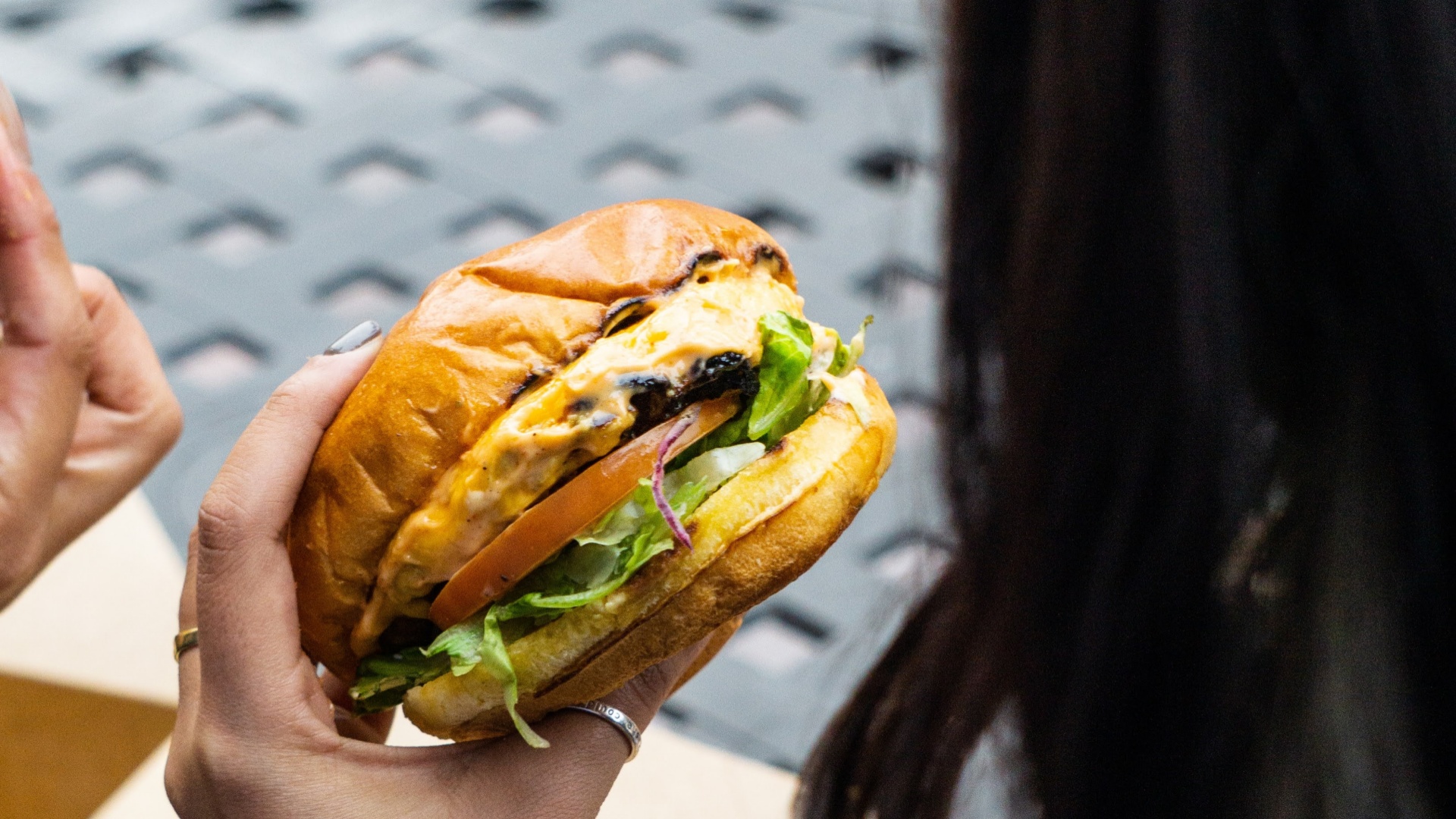- Visa and Discovery Bank have collaborated on the Spendtrend23 report, which looks at consumer spending in South Africa both during and after the pandemic.
- Loadshedding proved to be a massive influence on spending, with fast food purchasing on the rise because of it.
- Purchases via credit card has also bounced back, with it being 20 percent higher than pre-pandemic.
The Spendtrend23 report is a collaborative initiative from Visa and Discovery Bank looking at consumer spending in South Africa both during and after the pandemic, highlighting payment trends along the way.
Given the companies behind the report, it looked at data and spending habits of customers from both Visa and Discovery Bank, with some equally interesting and concerning findings.
The first is that credit card spending has bounced back in a bad way, with it being more 20 percent higher than pre-pandemic numbers. “Spend on categories such as groceries, travel and eating out are the key drivers for the increase,” note the pair in a blog post regarding the report.
Food and groceries in particular are driving this increased spending, as consumers are burdened with the costs arising from inflation.
“High food inflation is driving higher grocery spend, which is particularly impacting the mass market client group – who are spending almost 50% more now, than they did in 2019 on their groceries. Mass market clients will continue to feel the brunt of food inflation, and it is expected that a tightening budget will prompt lower-income earners to redirect their spend to where they find value, particularly in essential food items,” the report warns.
Another interesting statistic revolves around the impact of loadshedding in relation to spending money on fast food. With a constant state of rolling blackouts being experienced by South Africa in recent months, this is seeing many turn to the convenience of fast food, despite it too being a money drain.
“Eating out and takeout spend has increased significantly as people are returning to restaurants. Loadshedding is an additional factor leading to people eating out – which they do 60% more during loadshedding levels 5 and 6,” the report adds.
One of the other elements that the report looks at is travel, which boomed post-pandemic when borders opened and restrictions were lifted. Here Visa and Discovery Bank note that South Africans are spending on average 14 percent more on leisure travel and 24 percent more on business travel per trip. The cost of flights in particular made up the majority of travel costs in 2022.
“The top international travel destinations for South Africans in 2022 were the UK, USA, UAE, Namibia and France,” the report highlights.
Lastly, when it comes to which regions are spending more, geographical location seems to play little role in whether consumers purchase online or not. Much of this has to do with the increase in ecommerce during the pandemic, with contactless payments and digital wallets also coming to the fore during that time.
“Interestingly, geography does not affect whether a consumer is inclined to spend online or in-store, with equal affinity between consumers in metropolitan and in rural areas. However, age is a factor, with consumers between the ages of 31 to 40 more than 70% more likely to shop online when compared to a consumer in their fifties,” the report explains.
“People are twice as likely to buy clothing online than they are to buy groceries online,” it continues.
If this report shows anything, it is that the way South Africans go about spending their money has changed significantly as a result of the pandemic, along with loadshedding starting to dictate what we spend our money on.
You can read the full Spendtrend23 report below.
[Image – Photo by Kristi Johnson on Unsplash]

